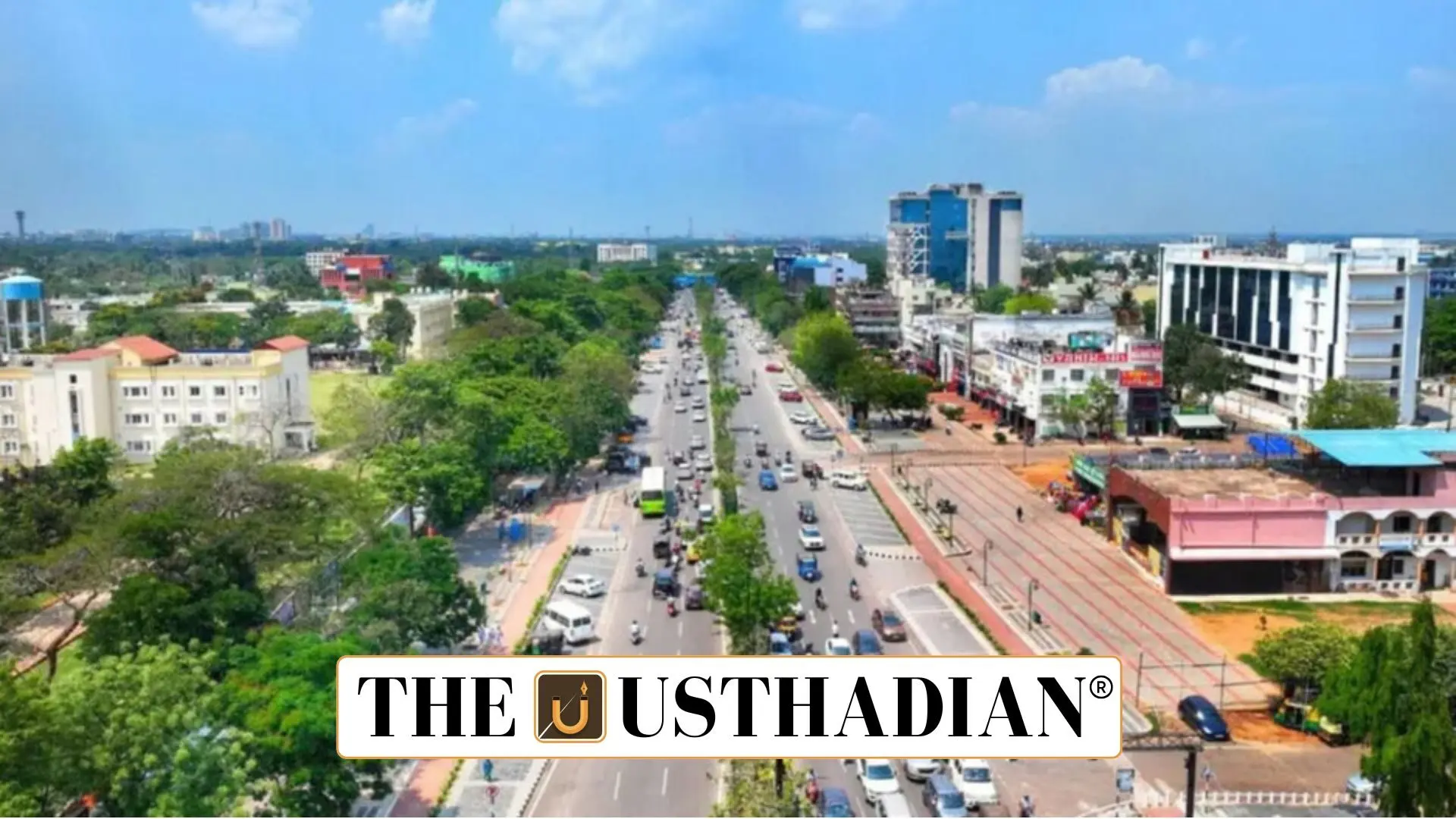Odisha steps into the future of cities
Odisha Launches ANKUR for Urban Transformation: Odisha has launched a new initiative called ANKUR – short for Atal Network for Knowledge, Urbanisation and Reforms. This program isn’t just about infrastructure. It’s about reshaping the way cities grow. Led by the Housing and Urban Development Department, ANKUR hopes to turn cities into smarter, greener, and more citizen-friendly spaces. The big idea behind it? Get everyone — from government bodies to local communities — to work together in building urban areas that can face future challenges confidently.
Big names come together for a shared vision
At the launch event, six important MoUs were signed between the Odisha government and national-level institutions. These partnerships aim to bring expert knowledge into Odisha’s development plans. Minister Krushna Chandra Mahapatra highlighted that ANKUR is not just a project — it’s a movement. He stressed the idea of citizen-centric urban development, something often overlooked in fast-paced city projects.
How the idea of ANKUR came alive?
The plan wasn’t built overnight. It came after months of talks and brainstorming. Principal Secretary Usha Padhee explained that Odisha’s rapid urbanisation demanded a rethink. They spoke to experts from both India and abroad. Through these exchanges, they realized the need for new tools and ideas to guide Odisha’s urban future.
This reflective approach mirrors India’s overall developmental pattern, where states are now more involved in shaping their own growth paths aligned with national goals.
Odisha’s cities are growing fast
According to projections, Odisha’s urban population may triple by 2036. This brings pressure on housing, transport, water, and jobs. But it also opens a chance to plan cities better — before they become overcrowded and chaotic. ANKUR aims to guide this transition using structured support, modern ideas, and strong partnerships.
Linked with India’s larger goals
ANKUR also fits well with the national target of Viksit Bharat @2047. This vision hopes for an India that is fully developed by 2047, the 100th year of independence. Odisha’s efforts through ANKUR show how individual states can contribute to this mission by focusing on inclusive urban growth.
Four key focus areas under ANKUR
The initiative is structured around four pillars, each important for effective urban transformation:
Capacity building
Train urban staff and leaders to manage fast-growing cities.
Knowledge and research
Create open data platforms, policy briefs, and case studies.
Implementation support
Offer hands-on help to local bodies for reforms and projects.
Innovation
Launch labs and urban hackathons to find smart, scalable ideas.
A long-term roadmap
ANKUR is not just another government scheme. It’s planned as a decade-long mission, involving academics, private players, non-profits, and global partners. The goal is to build a support system that helps Odisha’s cities keep growing — not just bigger, but better.
Static Usthadian Current Affairs Table
| Key Detail | Description |
| Full Form of ANKUR | Atal Network for Knowledge, Urbanisation and Reforms |
| Launch State | Odisha |
| Launch Department | Housing and Urban Development Department |
| Year Urban Population to Triple | 2036 |
| Main National Link | Viksit Bharat @2047 |
| Strategic Pillars | Capacity, Knowledge, Support, Innovation |
| Type of Vision | Decade-long, collaborative |
| Notable Leader Mentioned | Krushna Chandra Mahapatra |
| Primary Objective | Future-ready, citizen-centric cities |
| MoUs Signed With | 6 major urban development organisations |








